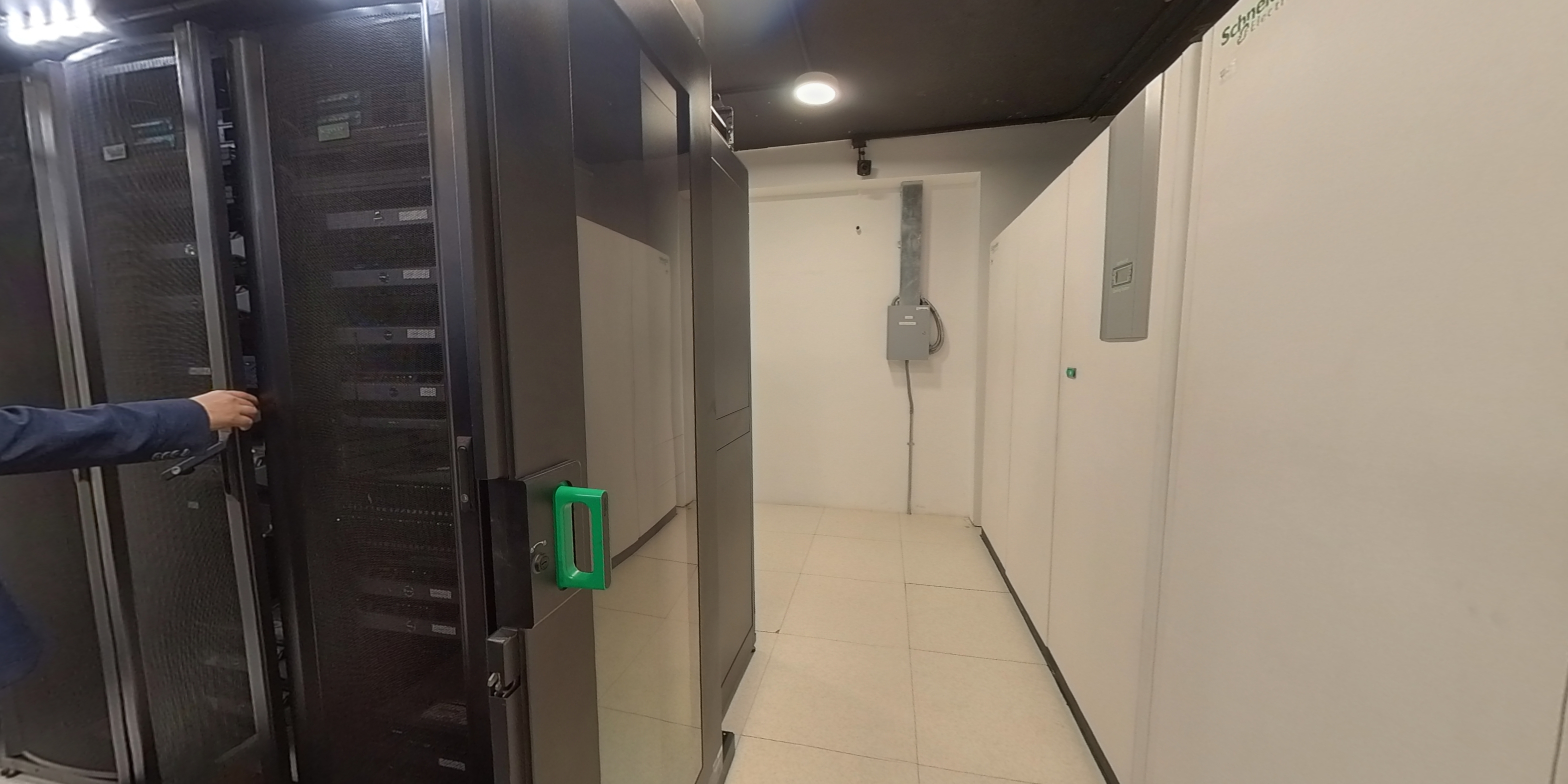تحت الانشاء Under Construction
Description
The laboratories include the following specializations: image processing, storage and retrieval, image tampering and deep fake detection, as well as video processing, pattern recognition such as text written in Arabic, and employing virtual reality and computer vision methods to create 3D images, fingerprint recognition, augmented reality, virtual reality and metaverse. Generative artificial intelligence in many applications and also extracting digital signal representation axes while analyzing the performance of communications and V2X wireless technology
The laboratories’ specializations also include smart systems, mobile robots, vehicles, and the interaction between them and humans, data science systems, data mining, the web, texts, web science, ontology and their applications. The department also includes specializations in the fields of wireless sensor networks, cognitive radio, and the fifth and sixth generation of wireless communications systems. The department also studies biomedical imaging techniques, neuroimaging, signals, bioinformation, rehabilitation, biomechanics, and the Internet of Things in health care. The department also includes the fields of high-performance computers, quantum computing and their applications, cloud computing and its uses in fifth and sixth generation networks, big data analysis and engineering, and the Internet of Things and its applications.
Services provided by the Lab:
- Training courses: The department holds training courses related to its various laboratory specializations within the institute for students of technological schools and university students.
- Technical consultations: refereeing articles for international journals, refereeing graduation projects for Egyptian universities, and also projects submitted by students of schools and institutions such as CARE.
- Other services: Participation in supervising master’s and doctoral theses in various Egyptian universities, as well as refereeing master’s and doctoral theses. Department members also participate in teaching at private and private universities, whether through partial assignments or loans.
- Measurement and testing work: The department is in the process of preparing laboratory equipment that can be used in some measurements of audio, virtual and augmented reality devices
Lab content





